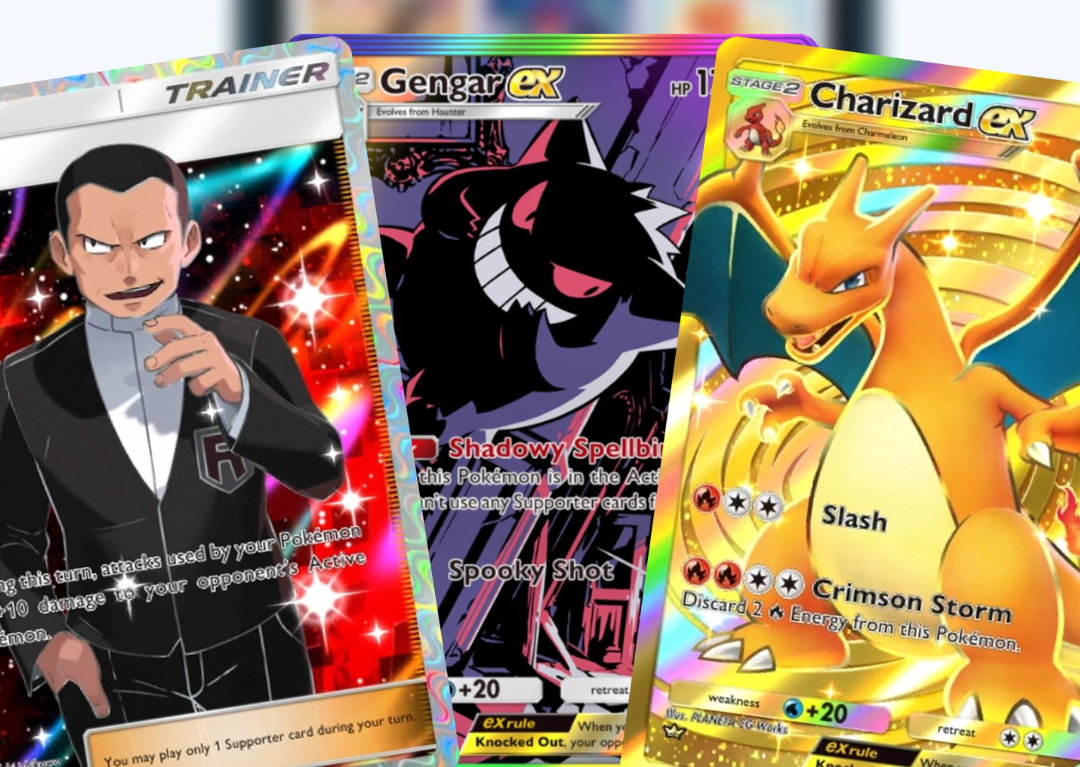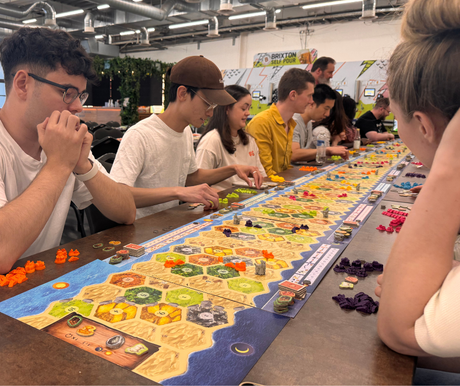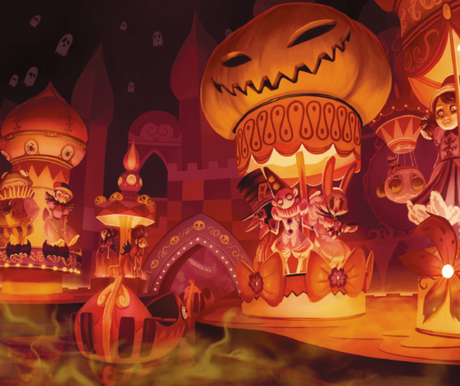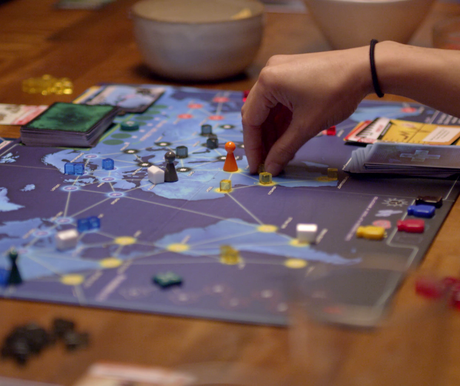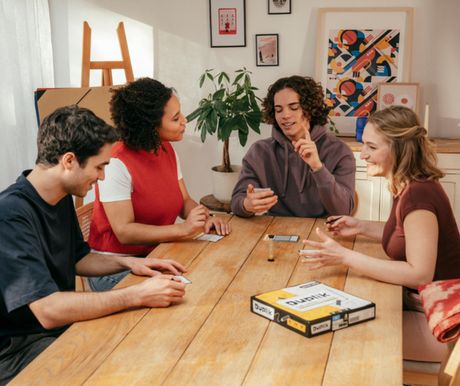The Pokémon franchise was first created in 1996 in Japan. It became popular due to its adorable “pocket monsters” range, from TV shows, movies, video games, and plush toys. The Pokémon franchise’s main slogan is “Gotta catch ‘em all!”
With around 1008 Pokémon to collect, there is never-ending fun to be had whilst completing your pokedec and joining battles.
The game is expansive and perfect for people of all ages, whether you’re playing with a friend or competing in an official Play Pokémon event, this guide will teach you everything you need to know before you start playing.
What is a Pokémon Trading Card Game?
The Pokémon Trading Card Game (TCG) is a strategy-based card game in which players battle each other using their Pokémon and abilities.
At Asmodee, we have a range of different Pokémon cards and games. Check them out here.
What is the goal of Pokémon battles
The primary goals of a Pokémon battle are to defeat all of your opponent’s Pokémon. You do this by depleting all their Hit points (HP) to zero. Decrease these points by strategically using your Pokémon's attacks to damage the opposing Pokémon.
The first trainer to knock out all their opponents' Pokémon wins the battle.
Contents of each Pokémon deck
When starting the Pokémon battle, it is essential to note that each deck must contain exactly 60 cards, with at least one Basic Pokémon in the mix and no more than four copies of any card (apart from those with Basic Energy).
To keep all these cards organised, view our range of Pokémon accessories.
There are lots of ways to approach deckbuilding. Below, we will detail the types of Pokémon cards and when they can be used.
What are the three different types of Pokémon cards?
There are three main types of Pokémon cards:
-
Pokémon Cards: These represent the Pokémon characters and their abilities in the game.
-
Energy Cards: These cards provide the energy required to use Pokémon attacks.
-
Trainer Cards: These cards, such as item cards, stadium cards, and supporter cards, provide various effects and benefits to players.
-
Item Cards: Have one-time-use effects.
-
Stadium Cards: Affect both players for the entire match.
-
Supporter Cards: Provide special effects and abilities to the player.
Pokémon character cards

In the Pokémon Trading Card Game, Character cards represent Pokémon creatures with different types. The 11 types are:
- Grass
- Fire
- Water
- Lightning
- Fighting
- Psychic
- Colorless
- Darkness
- Metal
- Dragon
- Fairy
Note that this is a condensed version compared to the 18 types in the Pokémon video games. For instance, Ice is considered part of the Water type, and Ghost is classified under Psychic.
Each Character card has two moves, which can be attacks or abilities. The damage for each attack or ability is listed beside it, along with any additional effects.
The card also displays its hit points (HP) to show how much damage a Pokémon can withstand before being knocked out. It also includes information about weakness, resistance, and retreat cost.
Weakness indicates which types your Pokémon is vulnerable to, and additional damage may be received from moves of those types.
Resistance shows which types your Pokémon take less damage from.
Retreat cost refers to the energy cards needed to switch your active Pokémon with another one during the game.
Pokémon energy cards
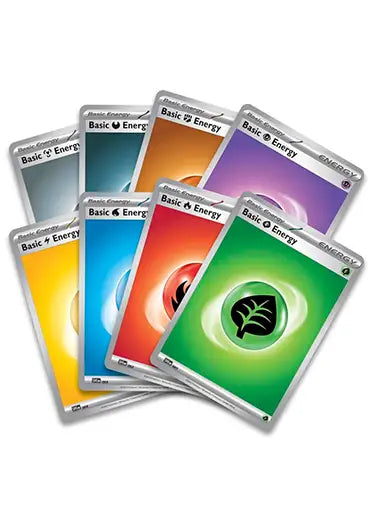
In the Pokémon Trading Card Game, you can attach Energy cards to your Character cards to boost their attacks. These Energy cards are placed below the Character card and stay there until removed by an effect or action.
Next to the attacks and abilities on the Character card, you will see the attack cost, which indicates how much and what type of energy you need to use in a move.
You can attach only one Energy card per turn, matching the corresponding energy symbol of the attack cost. A colourless energy symbol acts as a wild card, allowing you to use any Energy card for the attack.
The Pokémon energy cards list, according to the official Pokémon website:
- Grass
- Fire
- Water
- Lightning
- Psychic
- Fighting
- Darkness
- Metal
- Fairy
When a Pokémon is retreated, the Energy cards attached to it are discarded.
Pokémon trainer cards
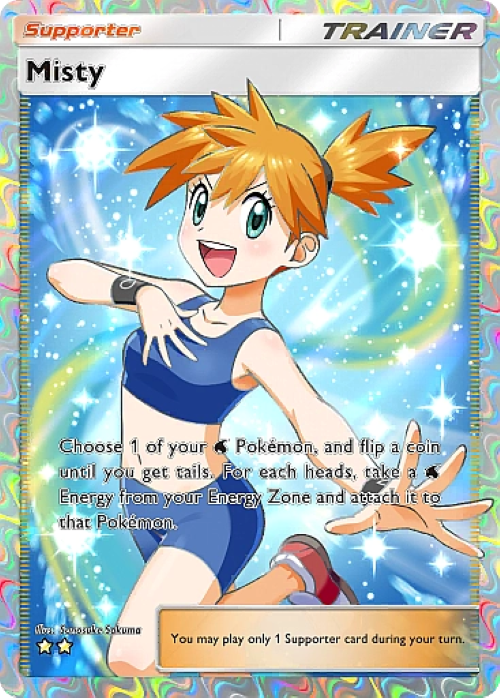
Trainer cards in the Pokémon Trading Card Game offer different advantages and come in three types:
Pokemon Item cards
These are played during your turn; you can add as many as you want before attacking. The card will have instructions on how to use it. Pokémon tool cards are special items that can be attached to your Character card, providing special effects. Only one Pokémon tool can be connected at a time, and if a Pokémon is attacked, the tool card goes into the discard pile.
Pokémon supporter cards
These can only be played once per turn and can be very helpful in the game. They provide extra advantages, like healing Pokémon or letting you discard your hand and draw new cards.
Pokémon Stadium cards
When played, these remain active, but only one stadium can be in play at a time. Each stadium card has its own rules. If you want to change the stadium, it must have a different name from the one currently used. When adding a new one, discard the old one and its effects.
What you can find on each Pokémon card
On each card, it's essential to look out for the following information:
Pokémon card name
In standard format play, you can only have four cards with the same name in your deck. Energy cards are the exception to this rule.
Pokémon type and HP
This shows your Pokémon's type and how much damage they can take before being Knocked Out. Each Pokémon has its weaknesses and resistances, which are displayed at the bottom of the card. Keep this in mind when preparing for your next battle.
Pokémon card stage
This shows your Pokémon's current Evolution. You can evolve Pokémon that have been on the field for at least one turn if you have their evolved form in your hand.
Pokémon card attacks
To perform an attack, you must have the quantity and type of energy shown and attached to that Pokémon. The number to the right shows how much damage an attack will do to your opponent's Active Pokémon.
Pokémon card retreat cost
This is how much Energy it takes to move your Pokémon from the Active Spot to the Bench. If you retreat, you must discard this amount of Energy from the Pokémon and move a Pokémon from your Bench to the Active Spot.
How to start playing the Pokémon card game
At the beginning of the game, there are different ways players can determine who goes first. One popular way is by flipping a coin.
The cards are then shuffled to ensure fair play. From there, all the players draw a hand of seven cards and the top six cards are set aside as prize cards; one of these prize cards can be added to your hand each time you have defeated an opponent's Pokémon. If you pick up six before your rival, this is another way to claim victory.
What is a mulligan in Pokémon The Trading Card Game?
Both players can place one basic Pokémon card facedown as their active Pokémon, plus up to five more that can be placed on their bench.
If you are left with no basic Pokémon cards in your hand after drawing your initial hand of seven cards, you should reveal your hand to your opponent and draw seven more cards. This can be done as many times as needed, with your opponent getting to draw one extra card for every time you do - this is called a mulligan.
A player can only have six Pokémon at once, although only the active Pokémon can perform attacks during each turn. The rest of your Pokémon cards must remain on your bench.
What are active and benched cards within Pokémon?
The bench is a row of cards behind your active Pokémon. It consists of five other Pokémon cards waiting to battle against your opponent, similar to your party in the Pokémon video games.
Both active and benched Pokémon can be evolved and have energy attached to them. However, if your active Pokémon is defeated, you must replace it with one from your bench. At this point, if you have no Pokémon on the bench at all, you lose.
How do turns work in Pokémon the card game?
When the turns begin, the active player draws a card from the top of their deck; they lose once they have run out of cards and can't draw on the next turn.
During each turn's first phase, you can do any of the following, with turns going in three parts: Draw, Action, and Attack.
-
Play any number of basic Pokémon from your hand to your bench.
-
Attach one (and only one) energy card to a Pokémon from your hand. This can be your active Pokémon or a Pokémon on your bench.
-
Evolve a Pokémon by playing a Stage 1 or Stage 2 evolution on top of a basic or Stage 1 Pokémon. A Pokémon can’t evolve on the same turn it’s played, and can only evolve once per turn. (Unless an item card like Rare Candy specifies otherwise.)
-
Play any number of item cards.
-
Play any number of trainer cards. (Except supporter and stadium cards, which only let you play one per turn.)
-
Return your active Pokémon to your bench by paying the retreat cost on its card in energy from your hand. You must then replace it with a Pokémon from your bench.
-
Use any number of abilities on Pokémon cards.
How to battle Pokémon cards
After you have done any or all of the above, your current active Pokémon can attack the opponent.
One attack can be chosen from this attack card as long as the correct amount and type of energy is attached to this card, with this energy not being discarded unless specified.
Damage is then assigned to the opponent’s active Pokémon as damage counters. Once it receives as much damage as its hit points, it faints. A defeated Pokémon must be replaced with another Pokémon from the bench (with the player losing if there is none left). The winning player who knocks it out then claims the prize card and adds it to their hand. If this is the sixth card they have claimed, then they win.
Your turn ends when you attach and assign damage and/or status effects. The game repeats like this right until one player wins.
How does evolution work in the Pokémon Trading Card Game?
One way the Pokémon Trading Card Game is similar to video games is that you can evolve your basic Pokémon to powerful stage 1 and stage 2 Pokémon. This lets you use more powerful attacks and abilities to knock out your opponents' Pokémon.
Evolution can be done in stages, and you cannot skip or jump any stages unless otherwise stated on a card in play. A single Pokémon can only be evolved once per turn and not in the same turn they are played to your bench. The one exception is the GX, an Ex Pokémon that can be played immediately and does not require evolution.
To evolve your basic Pokémon, you must place the evolved form on top of your active Pokémon or a Pokémon on your bench. This works to cure any current special conditions, but the attached energy and damage stay put. Once evolved, you can only use the current evolution's attacks and abilities.
Evolution can happen on the bench, allowing you to make a stronger Pokémon in preparation for your current one being knocked out.
How do status conditions work in the Pokémon TCG?
As in the Pokémon video games, the Pokémon Trading Card Game has many special conditions that can be inflicted on Pokémon, giving their opponent an extra advantage in a battle.
The special conditions are Asleep, Burned, Confused, Paralysed and Poisoned, and are indicated by turning the Pokémon card counterclockwise (Asleep), upside-down (Confused) or clockwise (Paralysed), or putting a special token on it (Burned or Poisoned).
Multiple special conditions can affect the same Pokémon - in the case of effects indicated by turning the card, the most recent condition is the only one applied.
What does it mean when my Pokémon is asleep
If a Pokémon is asleep, it can’t attack or retreat. The card is rotated 90 degrees counterclockwise to show its status condition. At the end of their turn, the player flips a coin, and if it lands on a head, the Pokémon wakes up and is no longer asleep.
What does it mean when my Pokémon is paralysed?
A Pokémon can't attack or retreat on the player's next turn when it is paralysed. The card is rotated 90 degrees clockwise to show its status condition. At the end of the player's next turn, paralysis is automatically cured.
What does it mean when my Pokémon has been burned?
The Pokémon card receives a burned token to show its status condition. A burned Pokémon receives two damage counters (20 HP) at the end of each turn. After suffering this damage, if the player flips a coin and it lands on heads, then the burn is cured.
What does it mean when my Pokémon is confused?
Pokémon video game players will be oh-so-familiar with the words “It hurt itself in its confusion!” Confusion in the Pokémon TCG works the same - when you attack with a confused Pokémon, flip a coin. If it lands on heads, the attack happens as usual, but if it lands on tails, the attack fails and the Pokémon suffers three damage counters (30 HP). The Pokémon card is rotated 180 degrees (making it upside-down) to show its status condition.
What does it mean when my Pokémon has been poisoned?
A poisoned Pokémon suffers one damage counter (10 HP) at the end of each turn.
Top tip: Special conditions can also be cured by evolving a Pokémon or returning it to the bench, which cures all special conditions. (Remember that asleep and paralysed Pokémon can’t retreat!)
Top tips and how to win the Pokémon Trading Card Game
Like many other competitive trading card games, the Pokémon Trading Card Game can be won in many ways.
The most common way to win is to knock out six of your opponent’s Pokémon and collect the prize cards. If you defeat a Pokémon controlled by your rival, claim one of the six prize cards you set aside at the start and add it to your hand. When your sixth card is picked up, you can win the game.
You can claim victory when you defeat an opponent’s active Pokémon, but they have no Pokémon available on their bench to replace it.
If your opponent runs out of cards in their deck at the start of the round and can't draw a card, you win. This way of taking victory is known as ‘decking’ your opponent.
View our Pokémon new releases to get the latest card abilities to beat your opponents with.
Need further advice?
Now you know everything about the Pokémon Trading Card Game, get started by playing today.
We also have further game guides, such as our UNO Flip rules guide.
Contact our helpful team today for further information, or visit your local game store to buy the Pokémon Trading Card Game now.

